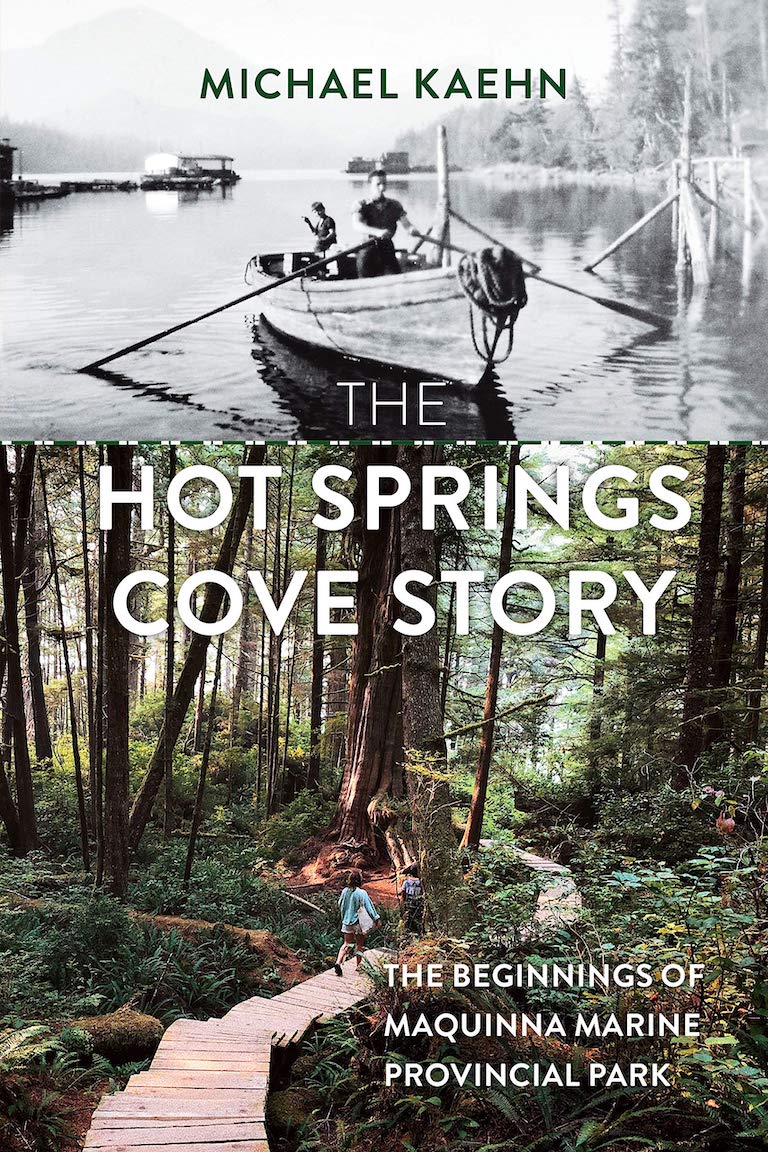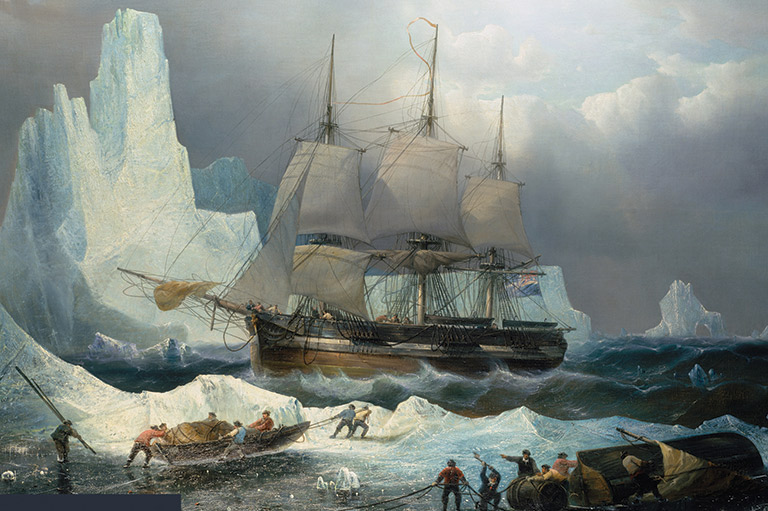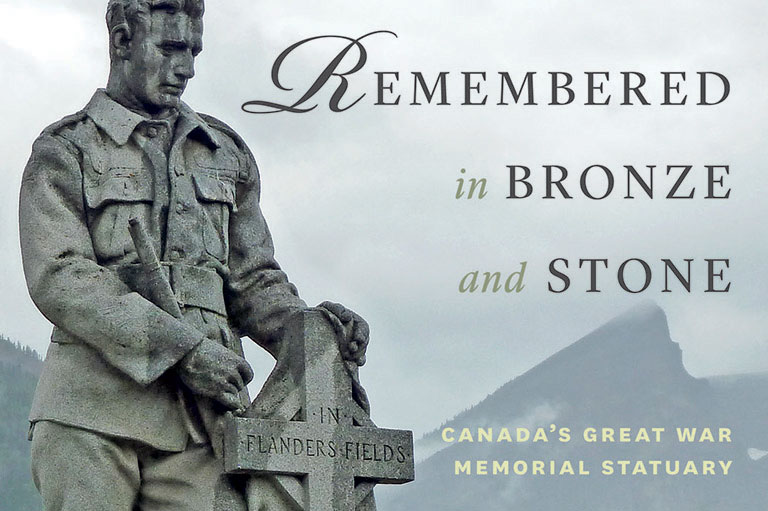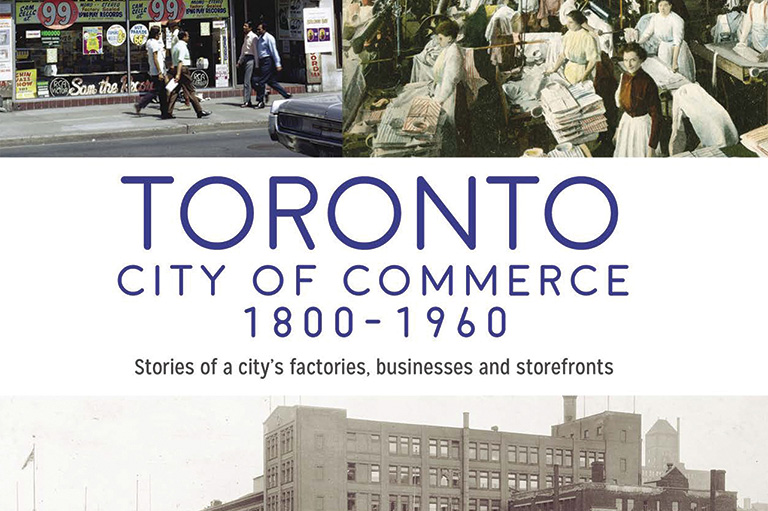The Hot Springs Cove Story

The Hot Springs Cove Story: The Beginnings of Maquinna Marine Provincial Park
by Michael Kaehn
Harbour Publishing,
200 pages, $24.95
Hot Springs Cove is a remote area on the west coast of Vancouver Island, in the Clayoquot Sound region. It was previously known as Refuge Cove, in an area inhabited by Hesquiaht Indigenous people. As author Michael Kaehn writes in his recent book, it was a place where boats could seek shelter from Pacific storms and where people could visit the hot sulphur springs.
However, the area began to change after 1933, when entrepreneur Ivan Clarke, Kaehn’s grandfather, acquired land to establish a business. The venture started as a general store and trading post Clarke operated out of a large tent.
He lived on the cove with his second wife, Mabel, until her death in 1964, along with one of his two children from a previous marriage plus seven of their children together. As their daughter Patsy said, Mabel “was the one who kept the place going.”
The Clarkes expanded their operation with a school for the children, a modern home and store, a fish-buying station, a marine fuel business, and a post office. By 1950 the site was inhabited by over sixty people.
Although the Clarkes had planned to develop the hot springs as a health resort, they instead donated thirty-one acres of land to the Province of British Columbia, thereby establishing Maquinna Marine Provincial Park in 1955. It has since become a popular tourist site.
Clarke finally closed his general store and left Hot Springs Cove three years before his death in 1971. People remembered him as “one of the West Coast’s last ‘true grit’ pioneers,” writes Kaehn. The well-researched story, which is supplemented with many photographs, provides an enjoyable history of the people and places of Hot Springs Cove.
Themes associated with this article
Advertisement




